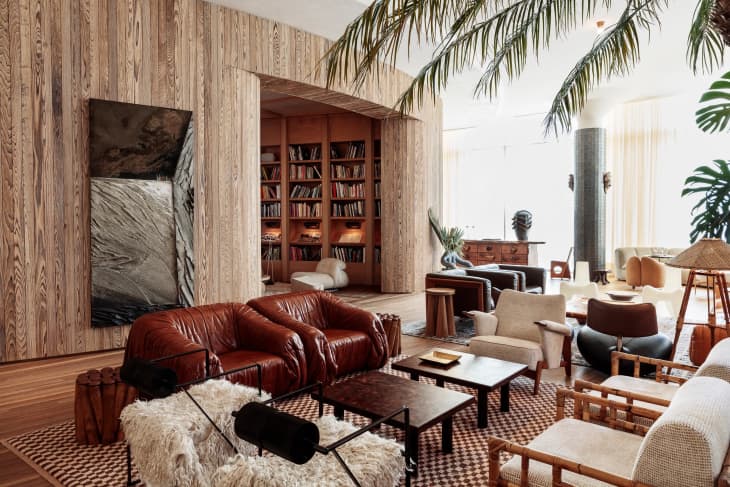There are many great vacuum cleaners available in the market, and choosing the best one depends on your specific needs and preferences.
However, based on various sources and expert reviews, these are the top 8 most powerful and effective vacuums for picking up human hair from short rugs:
1. Dyson Cyclone V10 Absolute:
This cordless vacuum is known for its powerful suction, long battery life, and versatility. It comes with multiple tools and attachments for different surfaces and cleaning needs, including a motorized brush for carpets and rugs. However, it’s expensive and may not be suitable for large cleaning jobs.
2. Shark Navigator Lift-Away Professional:
This upright vacuum is a budget-friendly option that’s effective at picking up pet hair and debris from carpets and floors. It has a detachable canister for easy cleaning and comes with a pet power brush. However, it can be heavy and bulky to maneuver.
3. Bissell Pet Hair Eraser Turbo Plus:
This handheld vacuum is designed specifically for pet hair and features a motorized brush roll that works well on short carpets and rugs. It’s lightweight and easy to use, with a crevice tool and dusting brush included. However, it has a short battery life and small dustbin.
4. Miele Complete C3 Cat & Dog:
This canister vacuum is ideal for pet owners with its powerful suction and air filtration system. It has an electrobrush that adjusts to different carpet heights and a self-cleaning filter. However, it’s expensive and may be heavy to move around.
5. Hoover WindTunnel T-Series:
This bagless upright vacuum is affordable and has a strong suction power, making it effective for picking up pet hair and debris from short rugs. It comes with various attachments for versatile cleaning and has a large capacity dustbin. However, it can be noisy and difficult to clean.
6. iRobot Roomba i7+:
This robot vacuum is convenient and effective for cleaning short rugs and carpets. It has powerful suction and mapping technology that navigates around obstacles and adapts to different surfaces. It also features a self-emptying dustbin. However, it’s expensive and may miss spots in some areas.
7. Eureka PowerSpeed:
This lightweight and affordable vacuum is designed for quick and easy cleaning of short rugs and carpets. It has a large dustbin and various attachments, including a pet tool. However, it may struggle with tougher debris and has a shorter power cord.
8. Shark APEX DuoClean:
This upright vacuum has a dual brush roll system that picks up pet hair and debris from carpets and floors. It has a detachable canister and LED headlights for improved visibility. However, it can be heavy and loud, and some users report issues with durability.
Note that prices may vary depending on the retailer, promotions, and location.
We find that Walmart and Amazon generally have the best prices (and offer fast and free shipping).
It’s important to consider your cleaning needs, budget, and preferences before choosing the best vacuum for your home.

